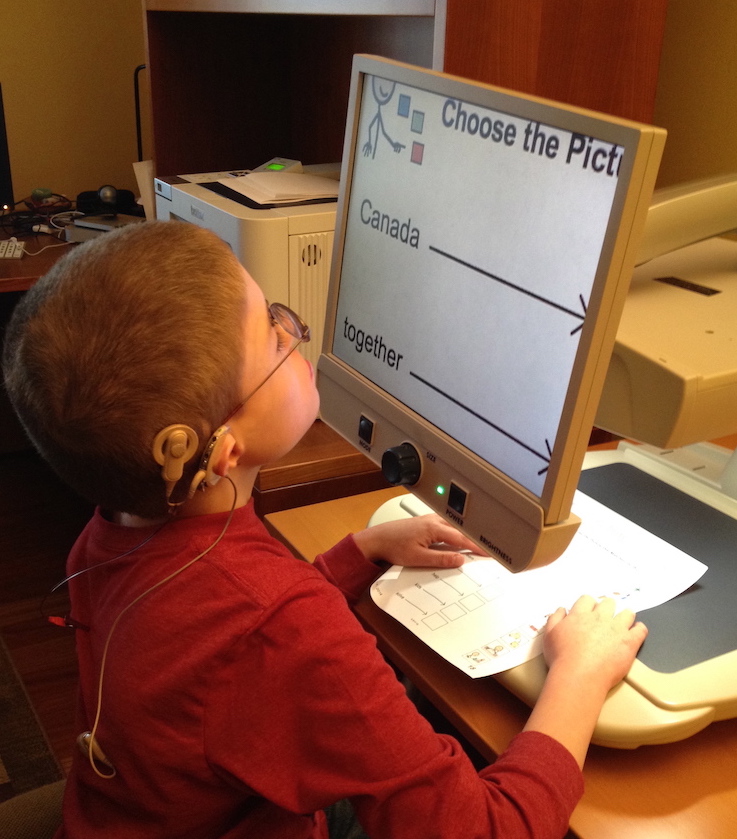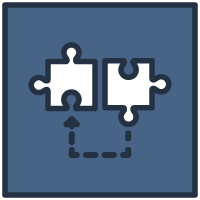OHOA Module: Accessing the Curriculum and the Environment

Learning Outcomes
- Understand the role of the intervener in the assessment and ongoing decision-making processes for assistive technology.
- Know components of both the general education and expanded core curriculum.
- Describe factors that challenge access to curricula for students with deaf-blindness.
- Describe materials, equipment, and strategies that provide physical access for students with deaf-blindness and physical challenges.
- Describe modifications and accommodations that support access for students with deaf-blindness and intellectual disabilities.
- Understand the range of equipment used to provide communication access and the factors that influence the choice to use or not use specific equipment.
- Describe how and why assistive communication provides access (e.g., communication. learning, socialization) at school and at home.
- Describe the collaborative nature between family and school team members to ensure access to curriculum.
Development Team
- Michelle Clyne (Lead)
- Lindsey Hegg
- Tammy Kitterman
- Hunter McGowan
- Sookyung Shin
Use of this Module
This module is available for free on our website. We invite anyone to use these materials. Please note that NCDB does not provide CEUs, certificates, or confirmation of completion.
Suggested Citation
Clyne, M., Hegg, L., Kitterman, T., McGowan, H., Shin, S. (2016, September). Accessing the Curriculum and the Environment. In National Center on Deaf-Blindness, Open Hands, Open Access: Deaf-Blind Intervener Learning Modules. Monmouth, OR: National Center on Deaf-Blindness, The Research Institute at Western Oregon University.
